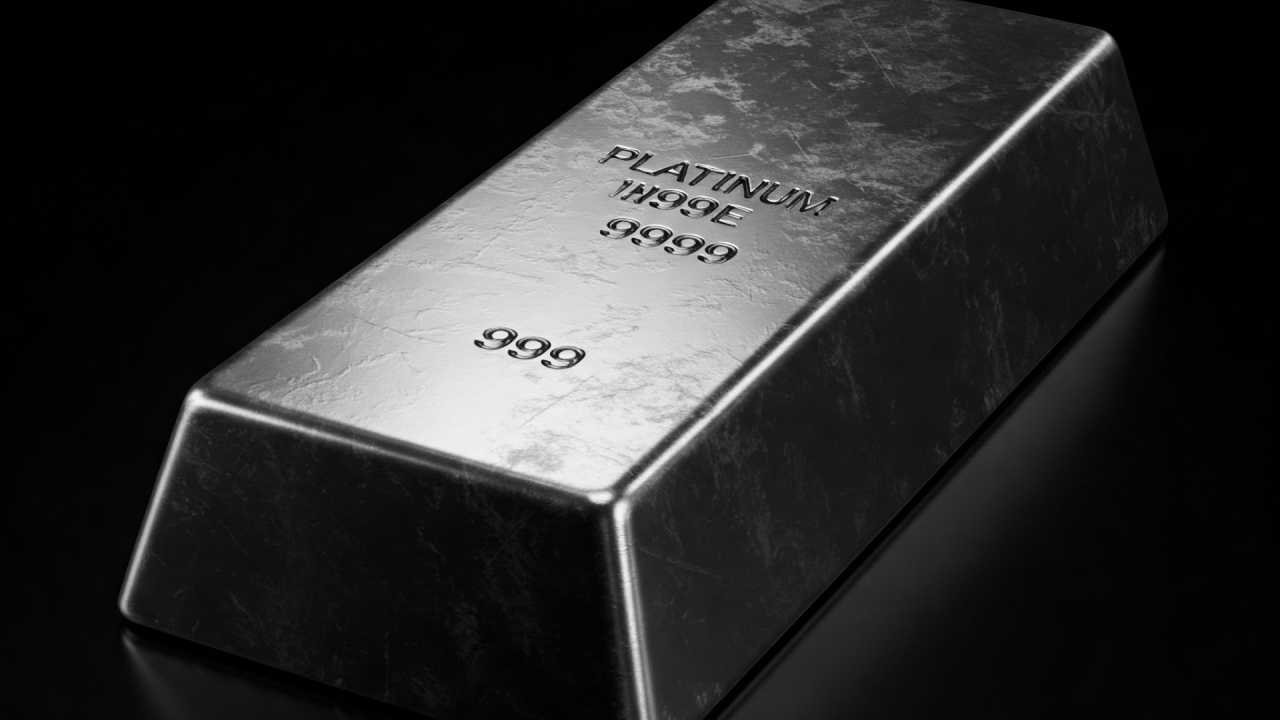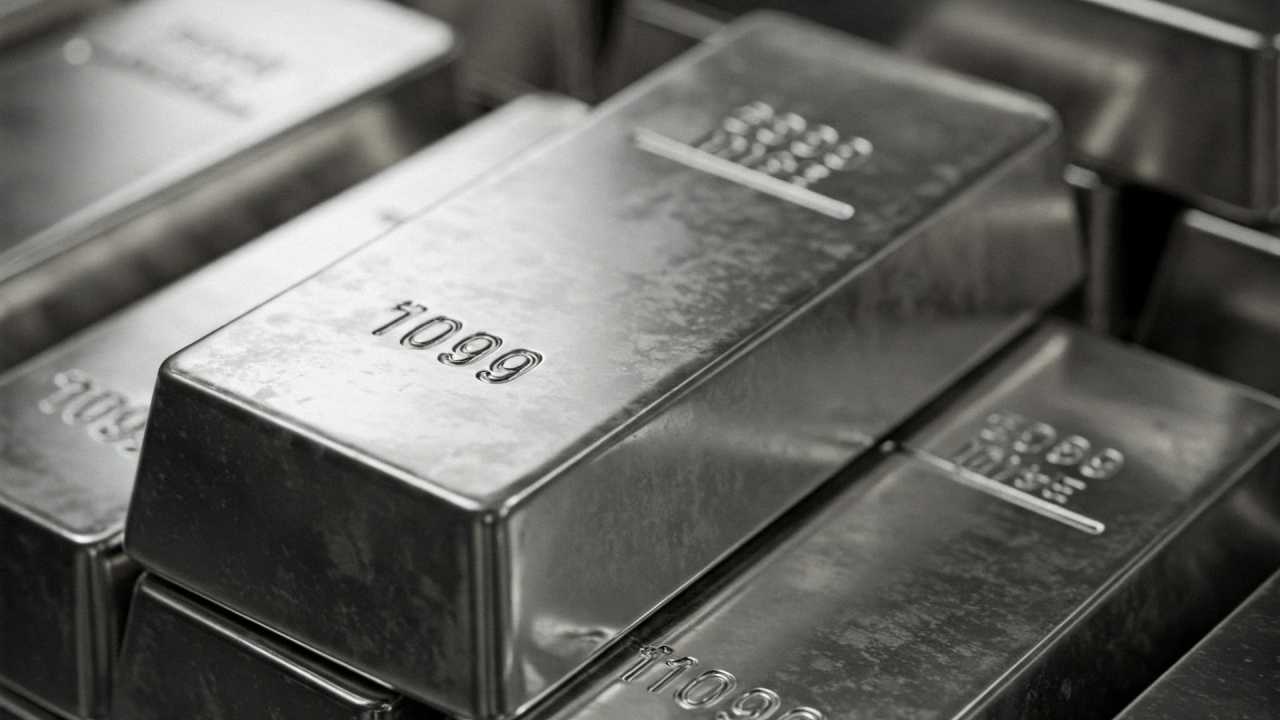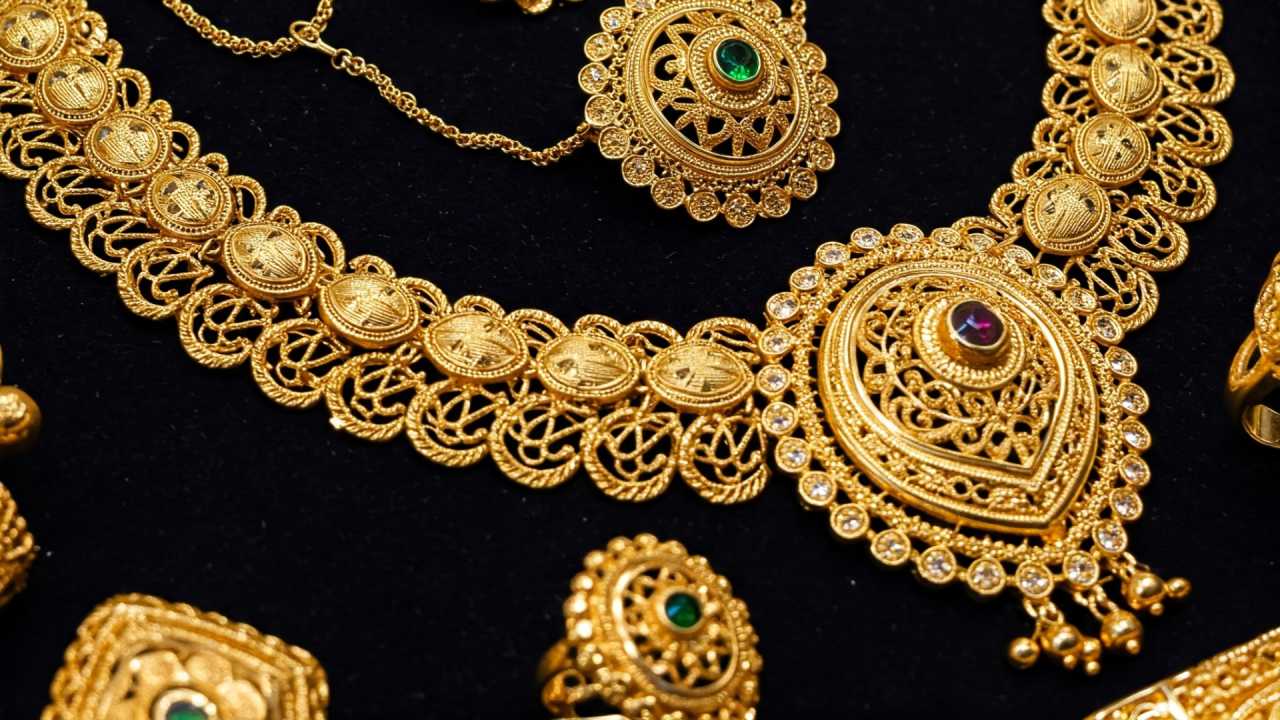The Crucible of Truth: A Comprehensive Guide to Fire Assaying Gold
For centuries, when the stakes were high and absolute certainty was paramount, fire assay has stood as the gold standard for determining the precious metal content of ores, concentrates, and bullion. This rigorous and time-honored technique—steeped in alchemical tradition and refined by the precision of modern science—remains the most reliable method for quantifying gold. Particularly in the context of complex matrices, trace-level detection, and high-value verification, fire assay offers unmatched accuracy and robustness.
Even as sophisticated instrumental methods like ICP-MS (Inductively Coupled Plasma Mass Spectrometry) and XRF (X-ray Fluorescence) gain traction, they often fall short in reliably separating gold from interfering substances. Fire assay’s strength lies in its ability to isolate precious metals by leveraging metallurgical processes rather than just analytical detection, making it indispensable in mining exploration, metallurgical laboratories, refining operations, and bullion trading.
This comprehensive guide explores the rich principles, step-by-step procedures, equipment, materials, and critical quality controls that define fire assay. Whether you’re a metallurgist, a geologist, or simply intrigued by the chemistry of gold analysis, this article lays bare the inner workings of the most trusted method for measuring gold’s true value.
I. The Fundamental Principles of Fire Assay
Fire assay is based on the classical metallurgical principle of selectively separating noble metals—primarily gold and silver—from their host rock or material by a sequence of high-temperature reactions. The process capitalizes on two key properties of gold:
- Its chemical inertness—gold does not oxidize or react with most reagents under fire assay conditions.
- Its affinity for molten lead—gold readily alloys with lead, allowing it to be physically separated from other materials.
The core fire assay process unfolds in four distinct stages:
- Fluxing and Fusion
The sample is combined with flux and lead oxide (litharge) in a heat-resistant crucible. Flux serves to melt and dissolve unwanted materials (gangue), forming slag, while lead acts as the collector for gold and silver. At fusion temperatures (~1000–1200°C), the molten lead, being denser, sinks to the bottom of the crucible and extracts the precious metals into itself. - Cupellation
The lead button—now containing gold and silver—is placed on a cupel and reheated in a special furnace. Here, the lead oxidizes to litharge and is absorbed by the porous cupel, leaving a metallic bead (the doré bead) comprised of the precious metals. - Parting (for Gold-Silver Separation)
If silver is present, it is removed by digesting the doré bead in nitric acid. This dissolves the silver, leaving behind a residue of pure gold. This process ensures that the final weight reflects only the gold content. - Weighing and Calculation
The isolated gold is dried and weighed with high-precision balances. From this weight, the original sample’s gold content is calculated in either parts per million (ppm) or grams per tonne (g/t), depending on the application.
II. Essential Equipment and Materials
A successful fire assay depends on using the correct tools and reagents, each playing a specific role in enabling the reactions and separations involved.
Sample Preparation Tools
- Crushers and Pulverizers: Used to reduce the ore or sample material to a fine powder, enhancing reactivity and ensuring homogeneity.
- Sieves: To standardize particle size, typically -100 to -200 mesh.
Analytical Tools
- Analytical Balances: Capable of 0.0001 g precision, these balances are crucial for accurate measurement of both the sample and final gold bead.
- Weighing Boats and Tare Papers: Non-reactive materials used during weighing to prevent contamination.
High-Temperature Equipment
- Crucibles: Ceramic vessels (clay graphite, magnesia, or silica-based) resistant to high heat and chemical attack.
- Fusion Furnace: Maintains the necessary high temperatures for fluxing. Both gas and electric variants are used depending on throughput and lab preferences.
- Cupels: Porous materials (typically bone ash or magnesium oxide) that absorb lead oxide during cupellation.
- Cupellation Furnace: A separate, precisely controlled furnace for the oxidation and absorption stage.
Wet Chemistry Equipment
- Beakers and Glassware: For the parting process using nitric acid.
- Hot Plates: Used to heat nitric acid and facilitate dissolution of silver.
- Funnels, Filters, Wash Bottles: For careful recovery and cleaning of the gold residue.
Ventilation and Safety
- Fume Hood: Essential to protect analysts from toxic fumes generated during lead oxidation and acid digestion.
- Protective Equipment: Lab coats, gloves, goggles, and lead-handling protocols are mandatory.
Reagents
- Litharge (PbO): Acts as the collector for precious metals.
- Sodium Carbonate (Na₂CO₃): Adjusts slag basicity and lowers melting points.
- Silica (SiO₂): Balances acidic components and slag fluidity.
- Borax (Na₂B₄O₇·10H₂O): Enhances slag flow and aids in melting.
- Calcium Fluoride (CaF₂): Helps with difficult, refractory samples.
- Reducing Agents: Organic materials like flour or charcoal reduce litharge to metallic lead.
- Nitric Acid (HNO₃): Used for dissolving silver in the parting stage.
- Distilled Water: Prevents introduction of impurities during rinsing.
III. The Fire Assay Procedure: A Step-by-Step Guide
1. Sample Preparation
- Drying: Moisture can distort weights and lead to incomplete fusion. Samples are dried at ~105°C.
- Crushing and Pulverizing: Done to ensure the sample is uniformly reactive. Consistent particle size improves assay reproducibility.
- Weighing: A measured sample—often 25 to 50 grams—is weighed with exactitude. This weight is the basis for final concentration calculations.
2. Fluxing and Mixing
- Flux Recipe: Based on sample mineralogy. A typical recipe might be 30g litharge, 10g soda ash, 5g borax, 2g silica, and 1g flour.
- Mixing: The flux, reducing agent, and sample are blended uniformly, often in the crucible itself or in a mixing dish.
3. Fusion
- Crucible Charging: The blend is loaded into the crucible and placed into the furnace.
- Heating: The mix is heated for 45 to 90 minutes until fully molten. During this time, chemical reactions isolate the gold into molten lead.Reaction example:
PbO + C (or Flour) → Pb (metal) + CO₂ - Pouring: The crucible is removed and poured into a mold. The lead button collects at the bottom while the slag solidifies above.
4. Lead Button Recovery
- Cooling and Extraction: Once cool, the mold is broken, and the lead button is separated from the slag.
- Cleaning: The lead button is hammered or filed to remove slag residues without damaging the metal.
5. Cupellation
- Preheating the Cupel: A warm cupel prevents thermal shock and ensures proper absorption.
- Placing the Lead Button: The cleaned button is positioned at the cupel’s center.
- Heating: The furnace oxidizes the lead:
2Pb + O₂ → 2PbOThe lead oxide is absorbed by the cupel, leaving a bead of gold (and silver).
- Cooling: After cupellation, the cupel is removed and allowed to cool slowly to avoid bead cracking.
6. Parting (Optional for Silver Separation)
- Weighing Doré Bead: If silver analysis is required, the initial bead is weighed.
- Nitric Acid Digestion: Silver dissolves in nitric acid while gold remains intact:
Ag + 2HNO₃ → AgNO₃ + NO₂ + H₂O - Washing and Drying: The gold is rinsed with distilled water and dried before final weighing.
7. Final Weighing and Calculation
Using the gold bead’s final weight:
Gold Concentration (ppm) = (Weight of Gold / Weight of Sample) × 10⁶
Gold Concentration (g/t) = (Weight of Gold / Weight of Sample) × 1000
If silver was initially weighed, subtracting the gold weight gives the silver content.
IV. Critical Considerations and Quality Control
Precision in fire assay is hard-won. The following factors must be controlled rigorously:
- Sample Homogeneity: Inconsistent particle size or poor mixing introduces large errors.
- Flux Design: Poor fluxing leads to incomplete fusion or loss of gold into slag.
- Lead Button Mass: Target mass (20–40g) ensures sufficient collection without excessive cupellation time.
- Temperature Monitoring: Overheating risks volatilization of gold; underheating can cause incomplete reactions.
- Cupel Integrity: A faulty cupel may fail to absorb litharge or retain gold, leading to losses.
- Contamination Control: Cross-contamination between samples can ruin results—strict lab hygiene is vital.
- Use of Standards and Blanks: Certified reference materials validate accuracy; blanks detect contamination.
- Replicates: Repeating the assay confirms precision and reveals anomalies.
- Skilled Operators: Technique and judgment are critical, particularly during fluxing and cupellation.
V. Advantages and Limitations of Fire Assay
Advantages
- Unmatched Accuracy: The gold standard (literally and figuratively).
- Matrix Tolerance: Works across diverse sample types, from sulfides to oxides.
- Complete Metal Recovery: Minimal interference from non-precious elements.
- Referee Method: Used to settle disputes in gold transactions due to its legal and scientific credibility.
Limitations
- Labor-Intensive: Involves many manual steps and hands-on time.
- Hazardous Materials: Lead handling and nitric acid use require robust safety practices.
- Time-Consuming: Each assay cycle can take several hours.
- Not Ideal for All Elements: Not suited for volatile metals or extremely fine gold unless modified.
VI. The Enduring Legacy of Fire Assay
Despite technological advances in analytical instrumentation, fire assay endures because it answers one timeless question with exceptional clarity: How much gold is truly there? In a world where trust and value are measured in fractions of grams, fire assay continues to provide the most definitive answer.
The crucible of truth—hot, exacting, and unyielding—remains the final arbiter of gold’s worth. Whether verifying a gold bar’s fineness or assessing the riches in a drill core from a remote exploration site, fire assay is more than just a test—it’s a ritual of precision, steeped in chemistry and history.








